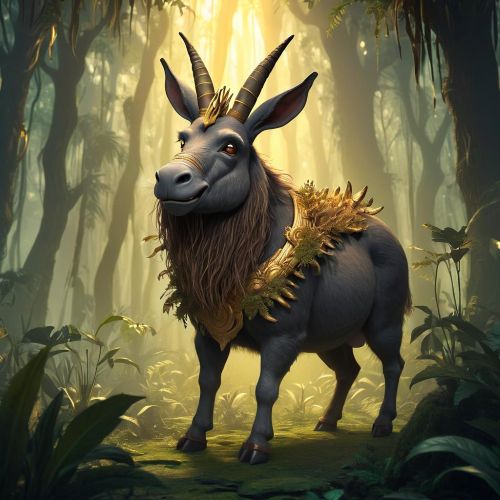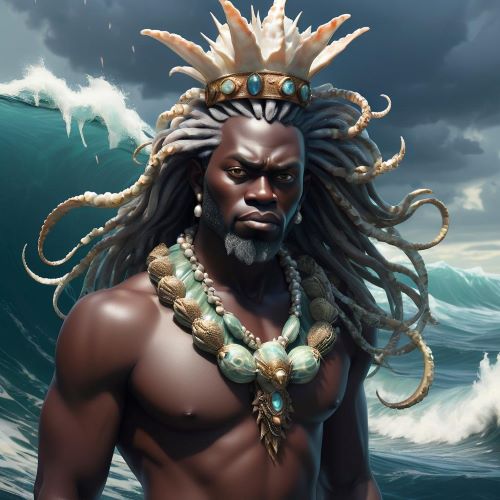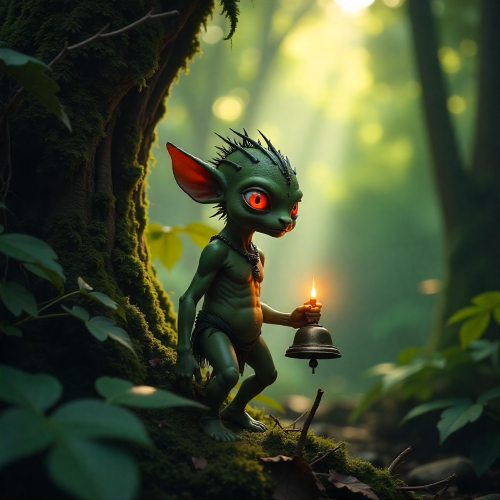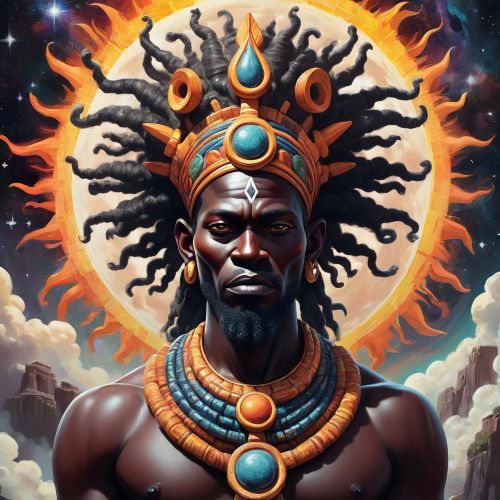Kongo & Bakongo Mythology
Kongo and Bakongo mythology lies at the heart of Central African spiritual thought, representing one of the most intricate and enduring worldviews on the continent. Rooted in the ancient Kingdom of Kongo, which flourished between the 14th and 19th centuries across present-day Angola, the Republic of the Congo, and the Democratic Republic of the Congo, this mythology expresses a cosmic vision in which the visible and invisible worlds are eternally intertwined. The Bakongo people, descendants of the Kongo civilization, preserved this belief system through oral traditions, sacred symbols, and ritual practices that continue to influence African spirituality today. At its core, Kongo mythology is not only a religion but a philosophy of balance, morality, and continuity between the living, the ancestors, and the divine.
The Kongo worldview centers on the concept of the cosmos as a circle, represented by the Dikenga, also known as the Kongo cosmogram. This sacred symbol depicts the four moments of the sun—dawn, noon, sunset, and midnight—which correspond to birth, maturity, death, and rebirth. The horizontal line separating the upper and lower halves of the circle represents the Kalunga line, the boundary between the world of the living (Nseke) and the world of the ancestors (Mpemba). Crossing this line is not the end of existence but a transformation, as souls return to the ancestral realm to guide their descendants. In Kongo and Bakongo mythology, life is an unbroken cycle, and death merely marks the soul’s transition to another phase of being.
At the head of the divine hierarchy stands Nzambi Mpungu, the supreme creator and sustainer of all existence. Nzambi Mpungu is both transcendent and immanent—distant from daily affairs yet present in every element of nature. His creative energy flows through the bakulu (ancestors) and bisimbi (nature spirits), who act as intermediaries between the divine and humanity. The bisimbi inhabit rivers, trees, and rocks, protecting natural spaces and offering blessings or retribution depending on human behavior. Rituals of purification, offerings of water or palm wine, and invocations performed at sacred groves or riverbanks maintain harmony between these realms. The nganga, or spiritual healer, plays a vital role as a mediator, healer, and interpreter of ancestral will, using sacred objects such as nkisi—power figures infused with spiritual energy—to communicate with unseen forces and restore balance to the community.
Kongo and Bakongo mythology also places great emphasis on moral responsibility and the social harmony of the community. Goodness, truth, and mutual respect align a person with Moyo, the life force that sustains all creation, while greed, anger, or betrayal disrupt cosmic balance. Through songs, proverbs, and ceremonies, these values are passed from one generation to the next. Even in the African diaspora, particularly in the spiritual practices of the Caribbean and the Americas, elements of Kongo cosmology survive in traditions such as Palo, Vodou, and Santería—testaments to the enduring power of Bakongo belief.
Kongo and Bakongo mythology remains a living tradition—a sophisticated spiritual system that teaches that life is sacred, cyclical, and shared between all beings. It reminds the world that every breath, wave, and heartbeat carries divine resonance, linking the seen and unseen in one eternal rhythm.






